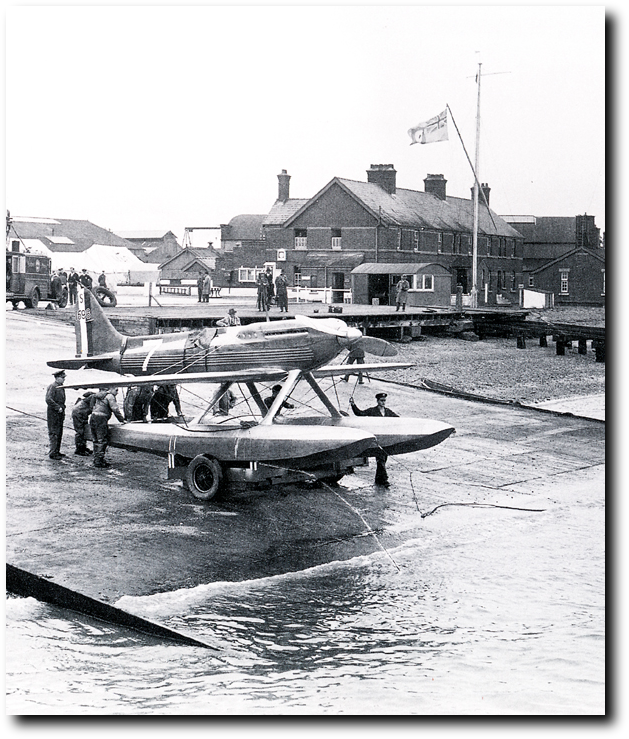Duel on the Salt
Why are we standing in a hanger? Because over here, under the cowling of this rather amazing looking racing Hydro-aeroplane, the Supermarine S.6 to be precise, is an engine whose voice tells the tale of the last powered Land Speed Records. This is the story of how two Brits fought a very close quarter competition on the limitless expanse of the Bonneville Salt Flats. With engineering of a radically different character, from each other and any other cars on earth, Captain G.E.T. Eyston's Thunderbolt and John Cobb's Railton shared a singular trait; they owed much to the air races of the twenties and thirties. With the power developed for the heavens, this is a very earth-bound tale of speed in the ultimate state, this Duel on the Salt.
I
To develop the power needed to set, and reset Land Speed Records in the thirties, Parry Thomas, Malcolm Campbell and Henry Segrave looked to aviation. Thomas created Babs, which was powered by an American Liberty engine. Campbell then built Bluebird with a Napier twelve cylinder Lion. Looking to reach the goal of 200mph, Henry Segrave approached Sunbeam's Louis Coatelen to build an LSR. The car diverged from standard automotive design and construction, and with its two Sunbeam Matabele aero engines, its twin-engined immensity established a new pattern for Land Speed Records.
These designs had taken the LSR from 150 to 200, but these engines were but recycled World War I power plants. There was a new generation of aviation power plants that were dramatically raising the speeds of planes in competition. One competition was to have a profound effect on engine development, the Schneider Trophy. Originally started to attract late season sportsman and gamblers to Monaco in 1913, the rules required the planes to take off from water, run a set course and land back on the bay. The trophy of the competition, officially titled, Coupe d'Aviation Maritime, Jaques Schneider, was awarded on a national basis. The race became the great instigator of fighter aircraft engineering and design in the thirties. With the introduction of the Curtiss D-12 air speeds began an ascent from 200 to 400 miles per hour within eight years. Col. Rittenhouse won the 1923 Cowes race with his 465hp Curtiss D-12 at 285.303mph. de Bernardi took the '26 competition at Hampton Roads with his 800hp Fiat AS.2 powering a Macchi M.39 with a speed of 246. At Venice in 1927 Webster took his 875 hp Napier Lion powered Supermarine S.5 to victory at 281 miles per hours.
VGM
VELOCITY GROUP MAGAZINE



